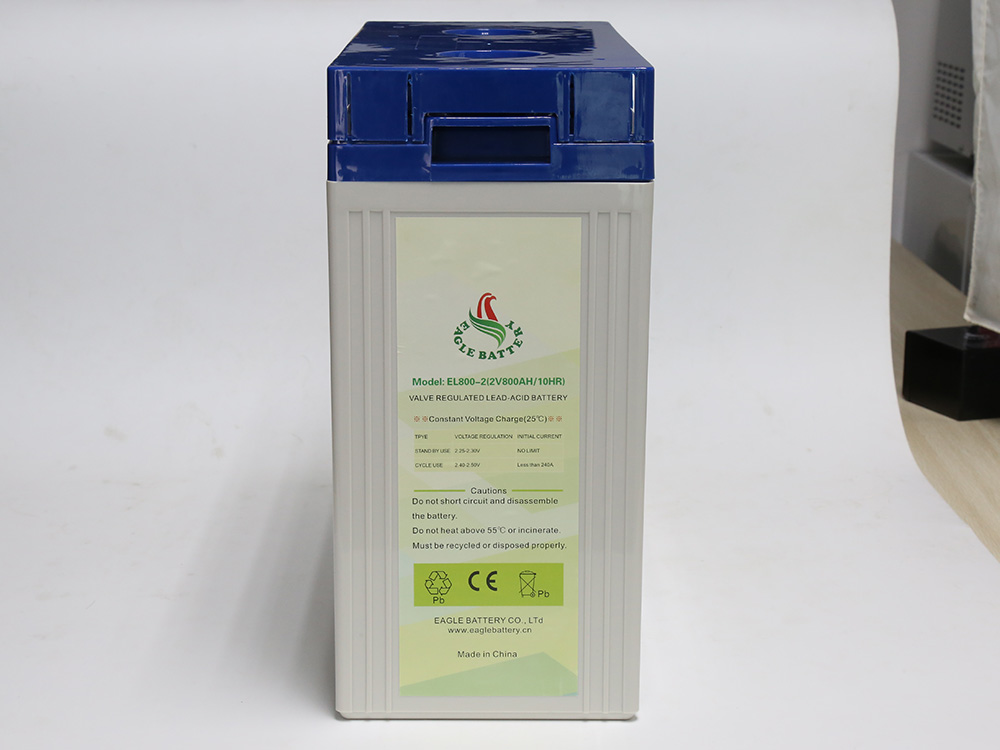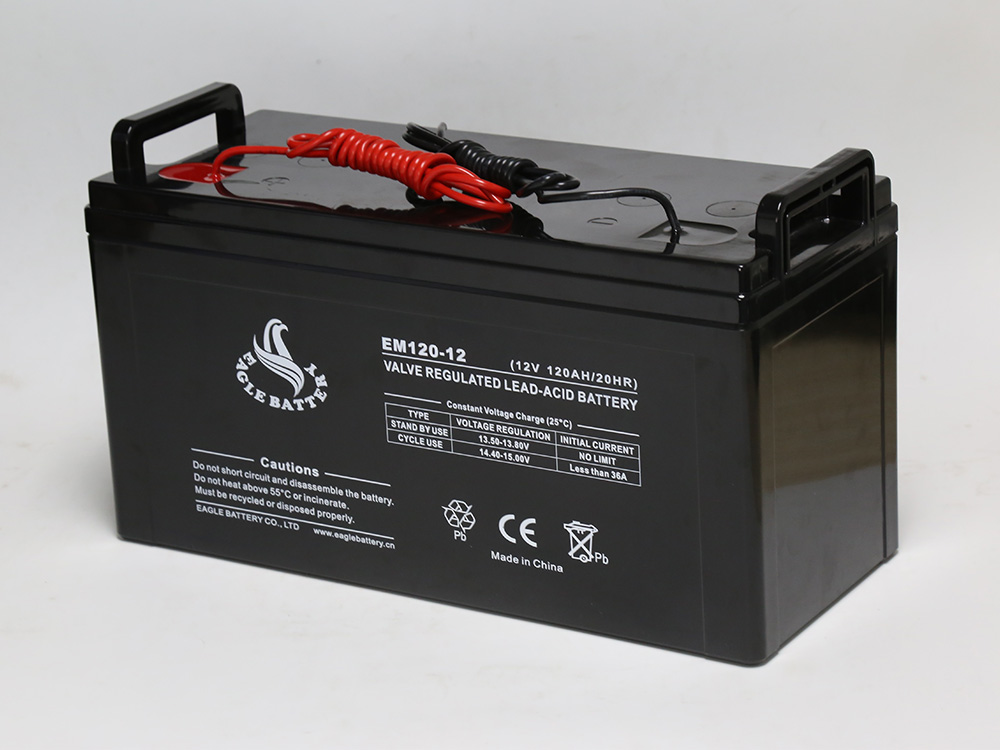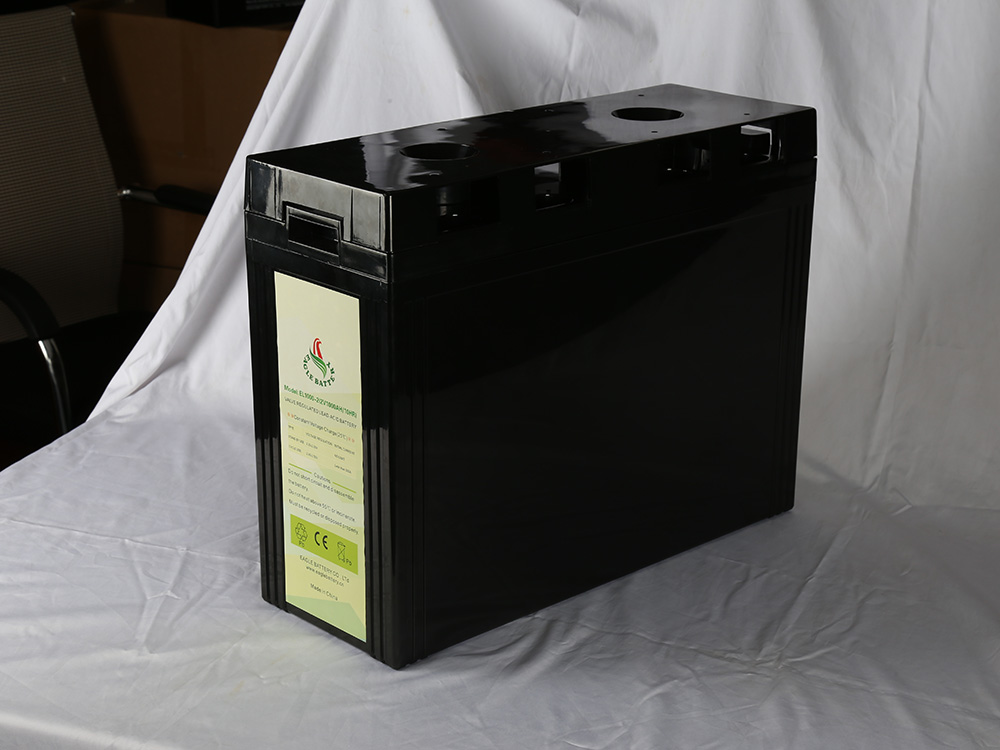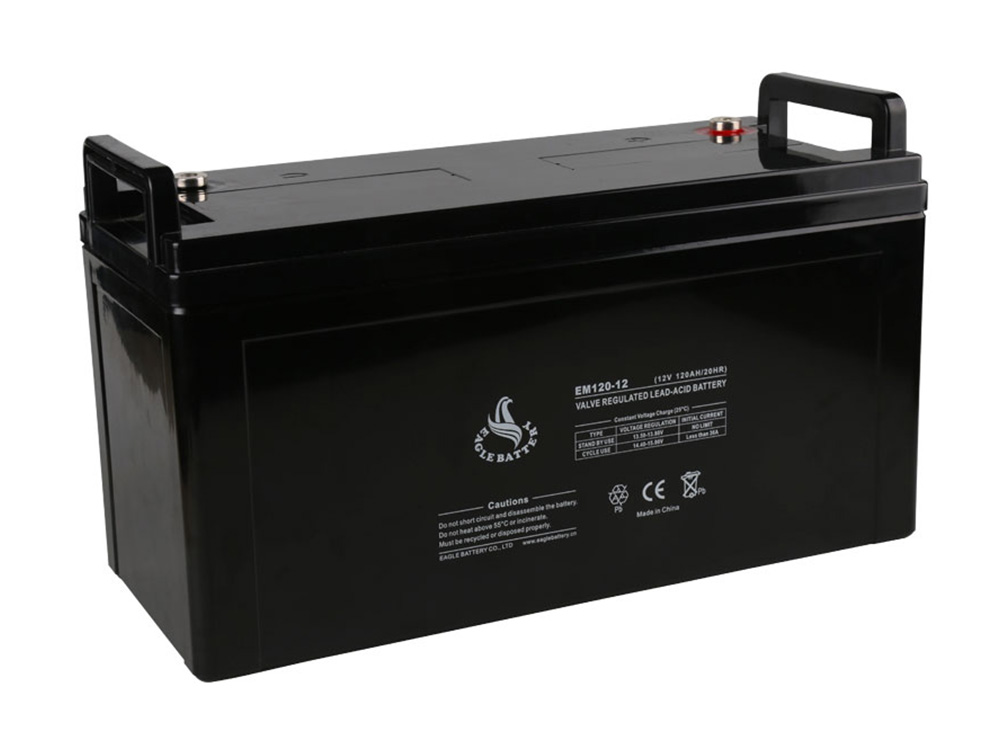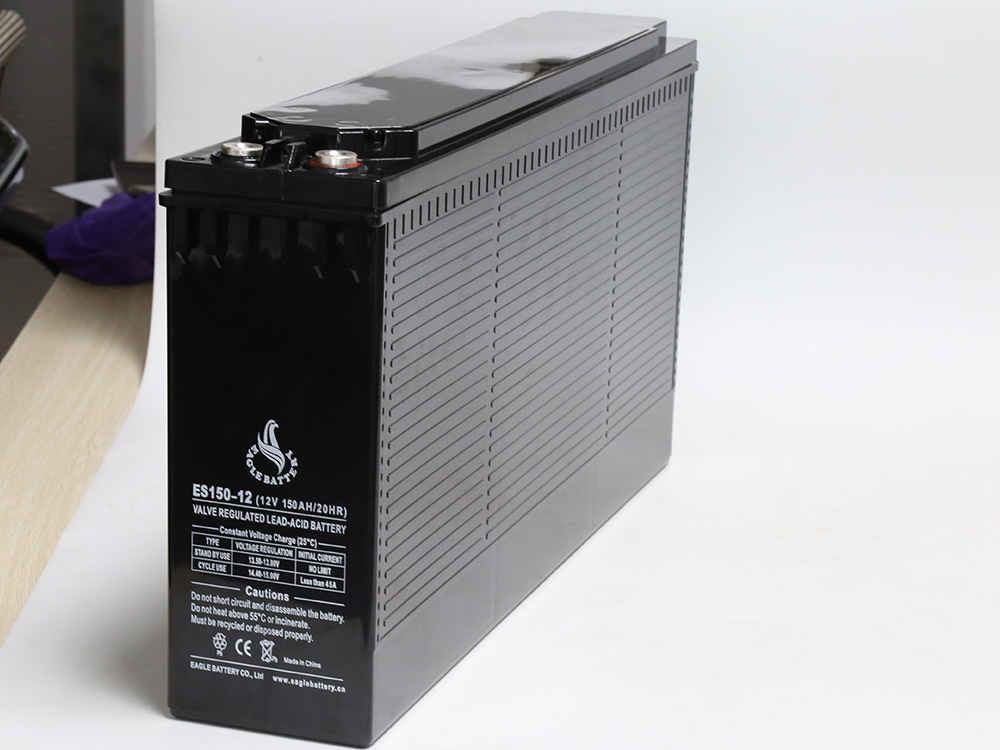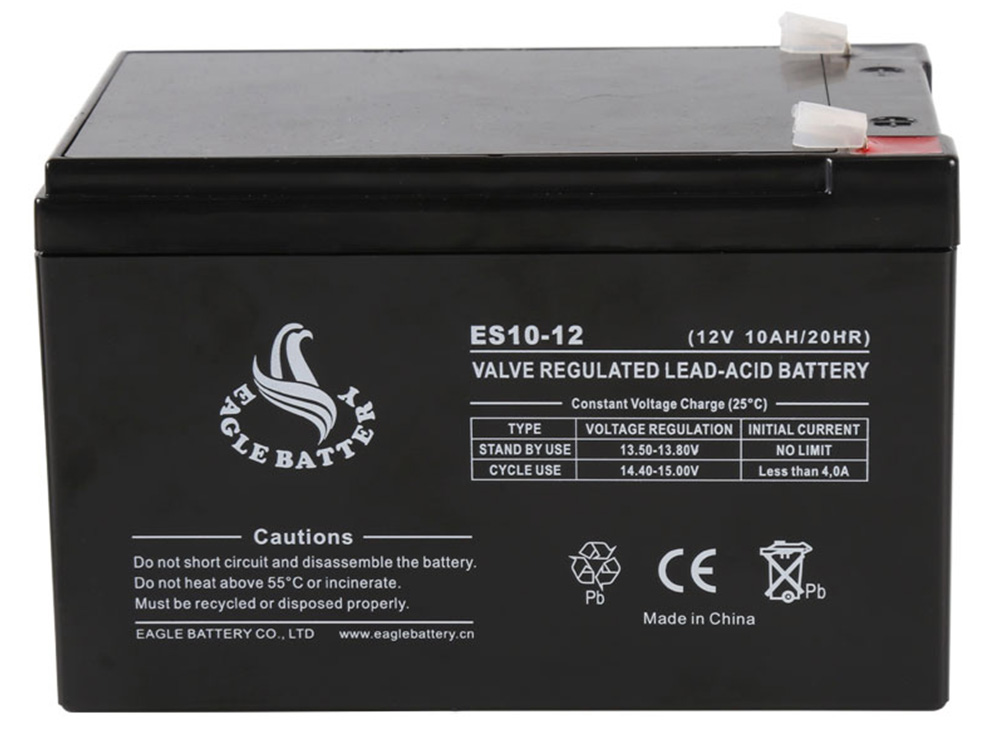Lead acid battery is a common type of battery, also known as Lead–acid battery or lead acid battery. It uses lead and sulfuric acid as the main chemical reaction materials, and converts Chemical energy into electrical energy through chemical reaction. What are the characteristics of lead-acid batteries? How does it work and what should we pay attention to when using lead-acid batteries?
Advantages of lead-acid battery
• Low cost: Compared to other types of batteries, the manufacturing cost of lead-acid batteries is relatively low, making them more cost-effective.
• Mature and stable: Lead acid batteries are a mature technology widely used in the market. Its performance is stable and reliable, and it performs well under various environmental conditions.
• High discharge capacity: Lead acid batteries can provide high discharge current and are suitable for applications with high power requirements, such as automotive starting and deep cycle applications.
• Good cycle life: Lead acid batteries have a good cycle life and can undergo multiple charging and discharging cycles, suitable for long-term use and frequent charging and discharging application scenarios.
• High safety: Compared to other battery types, lead-acid batteries are
relatively safer. They are less prone to explosions or fires, and have a relatively high tolerance for high temperatures and overcharging.
• Lower energy density: Compared to some modern chemical batteries, lead-acid batteries have a lower energy density, which means they store relatively less energy per unit weight or volume. This limits its applicability in some high energy demand scenarios.
• Performance is affected by temperature: Lead acid batteries perform poorly at extreme temperatures, especially at low temperatures where their capacity and discharge capacity significantly decrease.
• Regular maintenance is required: Lead acid batteries require regular maintenance, including liquid level checks, cleaning terminals, and adding water to ensure their long-term stable performance.
These drawbacks make lead-acid batteries not the best choice for certain specific applications, especially in scenarios with high requirements for lightweight, high energy density, and long-term use. With the advancement of technology, other types of batteries, such as lithium-ion batteries, have gradually replaced lead-acid batteries in some fields. However, lead-acid batteries are still very popular in many countries due to their significant cost advantages.
When a lead-acid battery is connected to the circuit and charged, the following reactions will occur inside the battery:
The PbO2 on the positive electrode combines with the H+ions in the electrolyte to form PbSO4 and H2O. Meanwhile, the lead (Pb) on the negative electrode will be converted into PbSO4 and release electrons:
Positive electrode reaction: PbO2+H++SO4 ^ 2->PbSO4+H2O+2e^-
Negative reaction: Pb+SO4 ^ 2->PbSO4+2e^-
These reactions result in the potential difference between the positive and negative electrodes, which is the voltage of the battery. When the external circuit is connected to the battery, electrons will flow from the negative electrode to the positive electrode through the external circuit, completing the release of electrical energy.
In the process of discharge, the active substances of positive and negative electrodes are gradually transformed into Lead(II) sulfate (PbSO4). When the battery runs out, the chemical reaction stops and no longer provides electrical energy. At this point, if it is necessary to continue using the battery, it can be charged through an external power source to reverse the reaction and regenerate the active substance to store electrical energy.
In general, the working principle of lead-acid battery is to generate potential difference between positive electrode and negative electrode through Redox between lead and sulfuric acid, and convert Chemical energy into electrical energy.
and are suitable for scenarios such as emergency power supplies, solar systems, golf carts, etc. that require frequent deep discharge.
4. Valve regulated sealed lead-acid battery (VRLA battery): VRLA battery, also known as sealed lead-acid battery, is a maintenance-free lead-acid battery. They adopt a special sealing structure and valve control technology, which can prevent electrolyte leakage and do not require additional water. VRLA batteries are widely used in fields that require reliable backup power, such as UPS (uninterruptible power supply system), communication equipment, and security systems.
These are the main types of lead-acid batteries, each with different characteristics and applicability. Based on specific usage needs, selecting the appropriate type of lead-acid battery can better meet the requirements of practical applications.
Transportation knowledge of lead-acid batteries
When transporting lead-acid batteries, the following precautions should be taken:
• Packaging protection: Place lead-acid batteries in sturdy packaging boxes or containers to ensure they are stable and not moving, and use suitable fillers and cushioning materials to prevent collisions and vibrations.
• Preventing short circuits: Ensure that there is no direct contact or connection between battery terminals, which can be insulated and isolated by using insulation caps or straps.
• Prevent leakage: Check if the battery casing is intact and ensure that the valve or sealing device is working properly. If there is damage or leakage, corresponding measures should be taken to deal with it and properly sealed to prevent acid leakage.
• Avoid high-temperature environments: Lead acid batteries should avoid prolonged exposure to high-temperature environments, as high temperatures may cause chemical reactions and pressure increases inside the battery.
• Classification and identification: According to relevant regulations, for the transportation of lead-acid batteries, it is necessary to mark them according to the corresponding hazardous material classification and identification, and fill in necessary transportation documents and documents.
• Comply with transportation regulations: When transporting lead-acid batteries, international and domestic transportation regulations and standards must be followed to ensure compliance and safety. This includes applicable United Nations hazardous material classification and labeling regulations, as well as relevant regulatory requirements of various countries and regions.
Please note that in terms of detailed guidance and specific requirements for specific situations, it is recommended to consult professional logistics or transportation agencies to ensure that the transportation of lead-acid batteries is carried out in the correct way to ensure safety and comply with regulatory requirements.
How to use lead-acid battery
When using lead-acid batteries, the following precautions should be taken:
1. Safe operation: When using lead-acid batteries, it is necessary to follow relevant safety operating procedures to ensure the safety of oneself and others. Avoid battery damage, leakage, or short circuits, and prevent contact with ignition sources.
• Appropriate environment: Place lead-acid batteries in a well ventilated, dry, and cool environment. Avoid exposure to high temperatures, humidity, or direct sunlight.
• Charging method: Use the correct charger and a charging method that meets the battery specifications for charging. Do not overcharge or charge quickly to avoid battery damage or safety issues.
• Correct connection: When connecting lead-acid batteries, ensure that the positive and negative electrodes are correctly matched and firmly
connected. Incorrect connections may cause battery damage or dangerous situations to occur.
• Prevent deep discharge: Avoid completely discharging lead-acid batteries, as excessive discharge can damage the performance and lifespan of the battery. Charge in a timely manner to maintain the appropriate battery level.
• Regular maintenance: According to the battery manual or manufacturer's recommendations, conduct regular battery maintenance and inspection. Clean the surface of the battery and check for any damage, leakage, etc.
• Disposal: Lead acid batteries belong to special waste and cannot be discarded arbitrarily. Waste batteries should be handed over to designated recycling points for proper disposal in accordance with local regulations and environmental requirements.
Please note that when using lead-acid batteries, specific product instructions and relevant safety operation guidelines should be followed to ensure safe and effective use of the battery.

